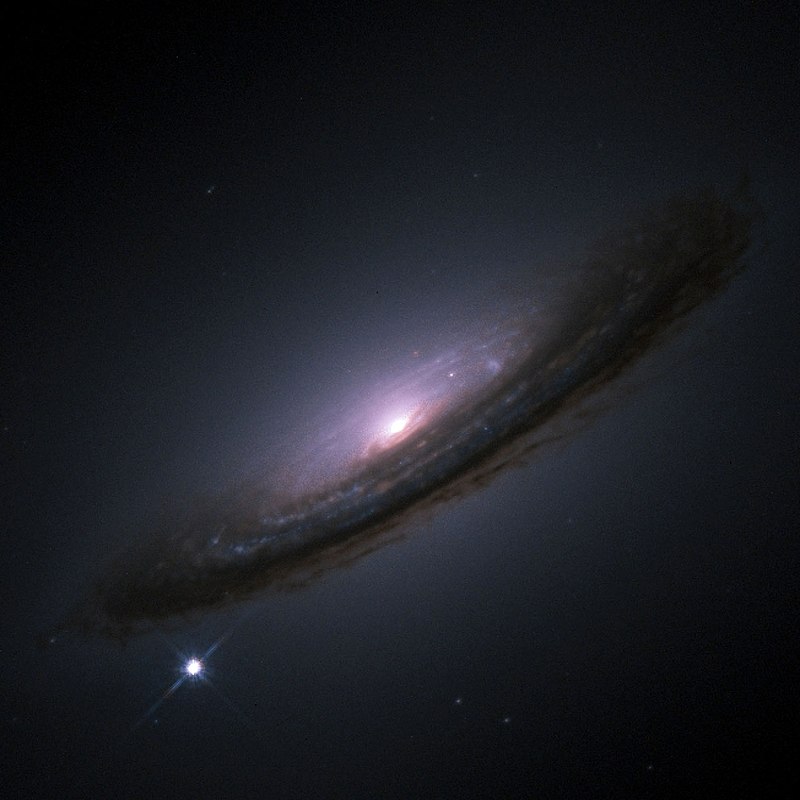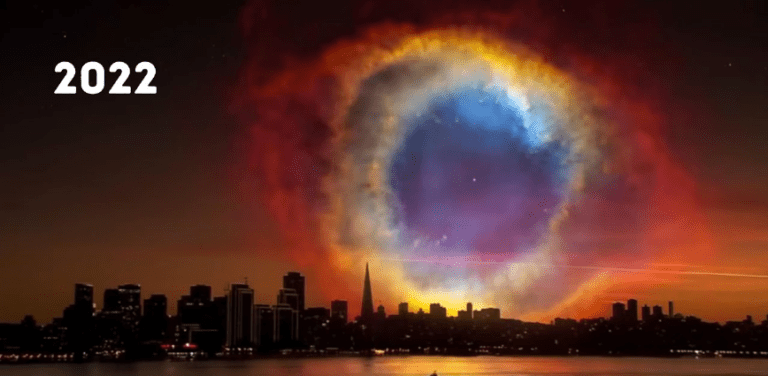We May See A Supernova Explosion in 2022!
What is the Supernova ?

A supernova (/ˌsuːpərˈnoʊvə/ plural: supernovae /ˌsuːpərˈnoʊviː/ or supernovas, abbreviations: SN and SNe) is a powerful and luminous stellar explosion. This transient astronomical event occurs during the last evolutionary stages of a massive star or when a white dwarf is triggered into runaway nuclear fusion. The original object, called the progenitor, either collapses to a neutron star or black hole, or is completely destroyed. The peak optical luminosity of a supernova can be comparable to that of an entire galaxy before fading over several weeks or months.
Supernovae are more energetic than novae. In Latin, nova means “new”, referring astronomically to what appears to be a temporary new bright star. Adding the prefix “super-” distinguishes supernovae from ordinary novae, which are far less luminous. The word supernova was coined by Walter Baade and Fritz Zwicky in 1929.
The most recent directly observed supernova in the Milky Way was Kepler’s Supernova in 1604, but the remnants of more recent supernovae have been found. Observations of supernovae in other galaxies suggest they occur in the Milky Way on average about three times every century. These supernovae would almost certainly be observable with modern astronomical telescopes. The most recent naked-eye supernova was SN 1987A, the explosion of a blue supergiant star in the Large Magellanic Cloud, a satellite of the Milky Way.
Theoretical studies indicate that most supernovae are triggered by one of two basic mechanisms: the sudden re-ignition of nuclear fusion in a degenerate star such as a white dwarf, or the sudden gravitational collapse of a massive star’s core. In the first class of events, the object’s temperature is raised enough to trigger runaway nuclear fusion, completely disrupting the star. Possible causes are an accumulation of material from a binary companion through accretion, or a stellar merger. In the massive star case, the core of a massive star may undergo sudden collapse, releasing gravitational potential energy as a supernova. While some observed supernovae are more complex than these two simplified theories, the astrophysical mechanics are established and accepted by the astronomical community.
Supernovae can expel several solar masses of material at speeds up to several percent of the speed of light. This drives an expanding shock wave into the surrounding interstellar medium, sweeping up an expanding shell of gas and dust observed as a supernova remnant. Supernovae are a major source of elements in the interstellar medium from oxygen to rubidium. The expanding shock waves of supernovae can trigger the formation of new stars. Supernova remnants might be a major source of cosmic rays. Supernovae might produce gravitational waves, though thus far, gravitational waves have been detected only from the mergers of black holes and neutron stars.
18 Quadrillion kms away from us there is a binary star system, KIC 9832227 where two stars are orbiting each other. 7 years ago in 2013, scientists saw changes in its brightness. So they decided to study it further more detailed study concluded that these two stars are rapidly coming closer and they are about to merge into each other. Just 2 years from now, in 2022, these binary stars will eventually merge and cause a massive supernova explosion. This explosion will form a giant Red Nova. This Red Nova will be so big that we would be able to see it without any instrument.
Do not forget to share your opinion with us to provide you with the best posts !




0 Comments